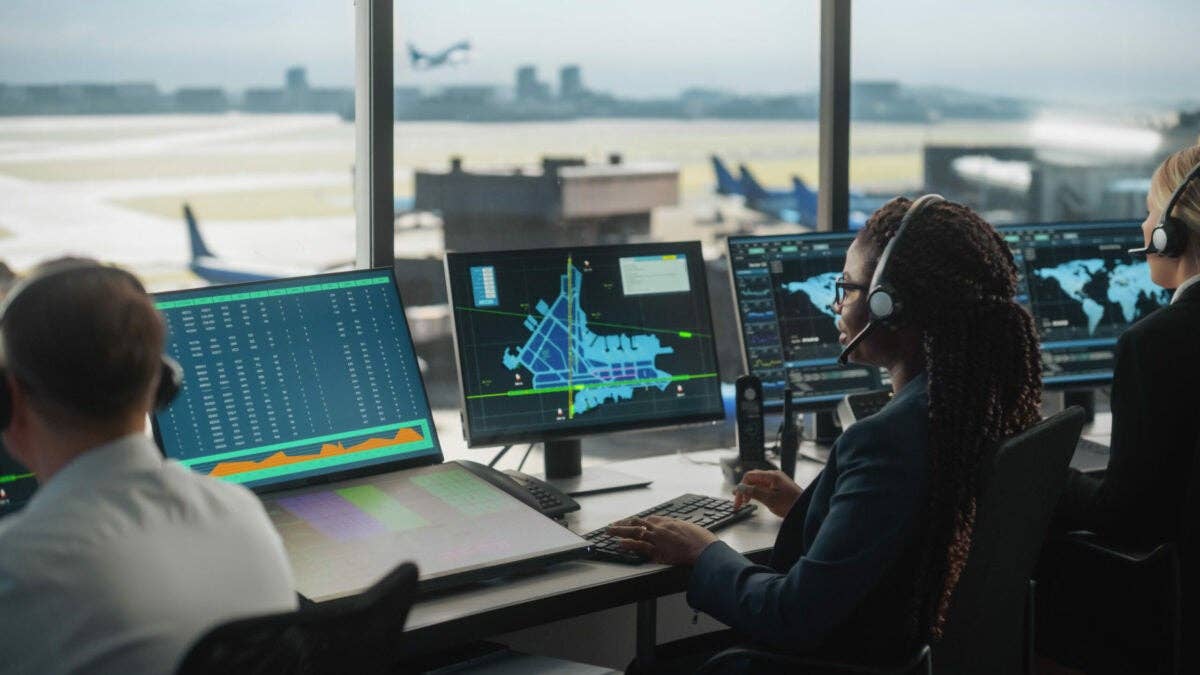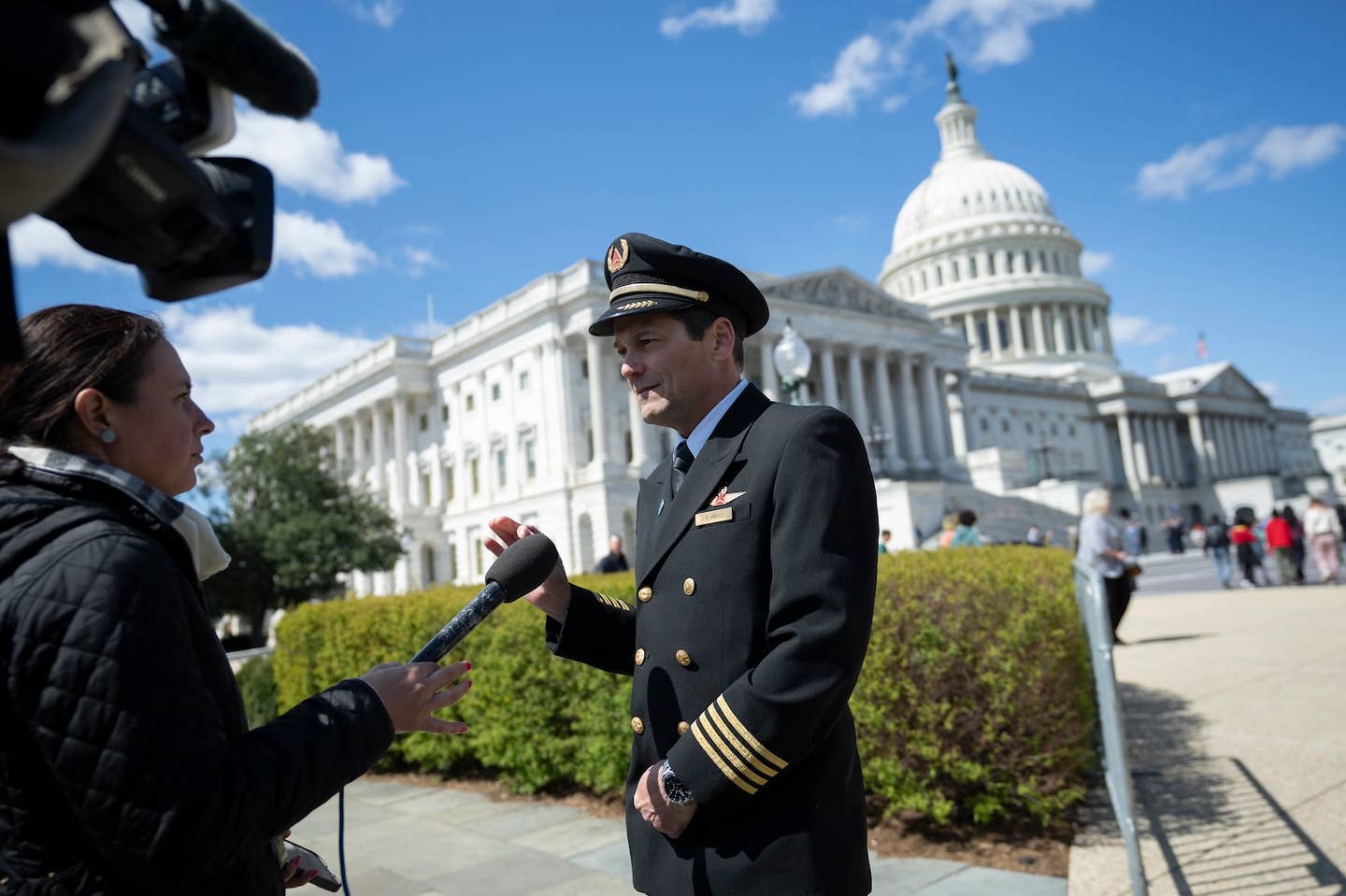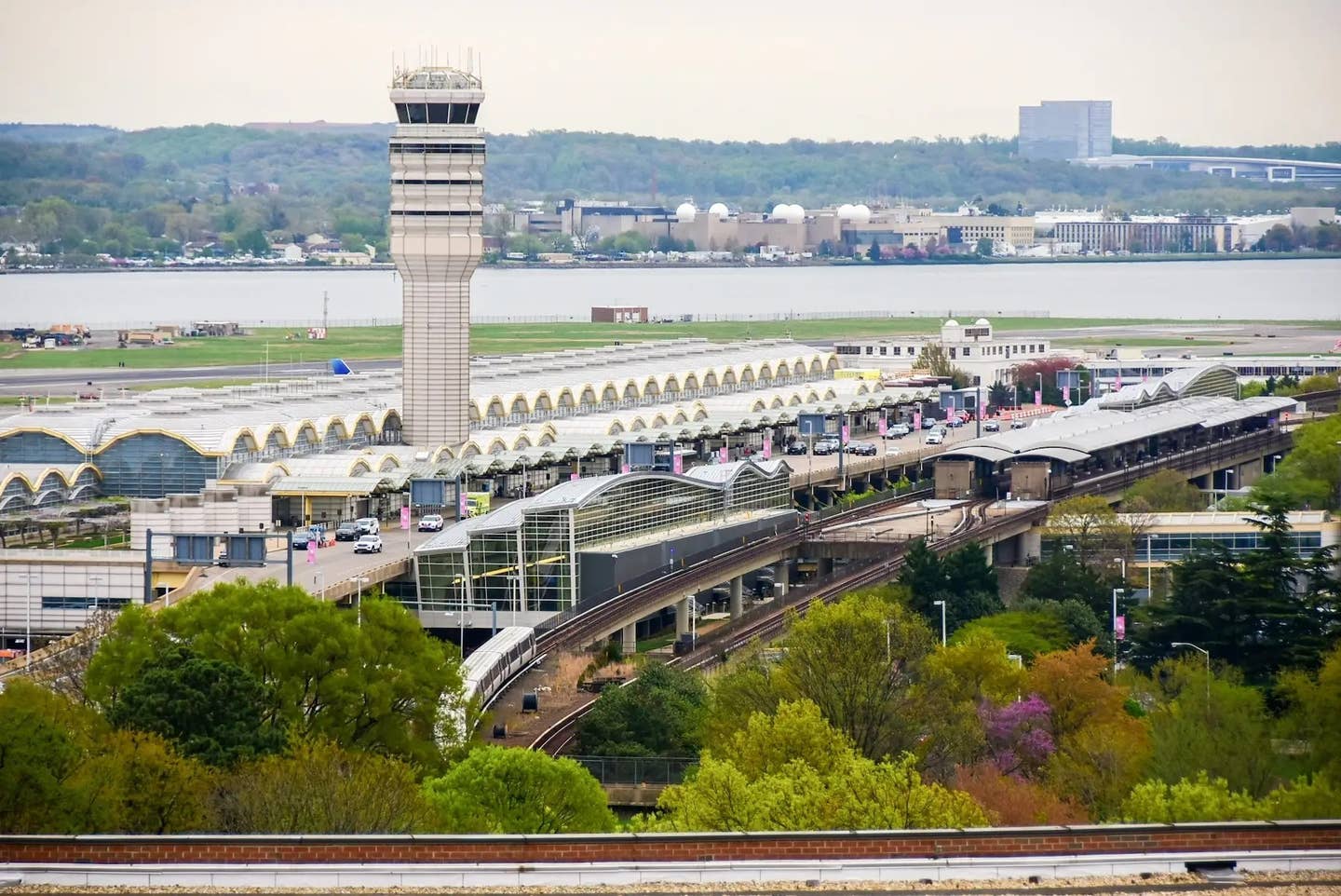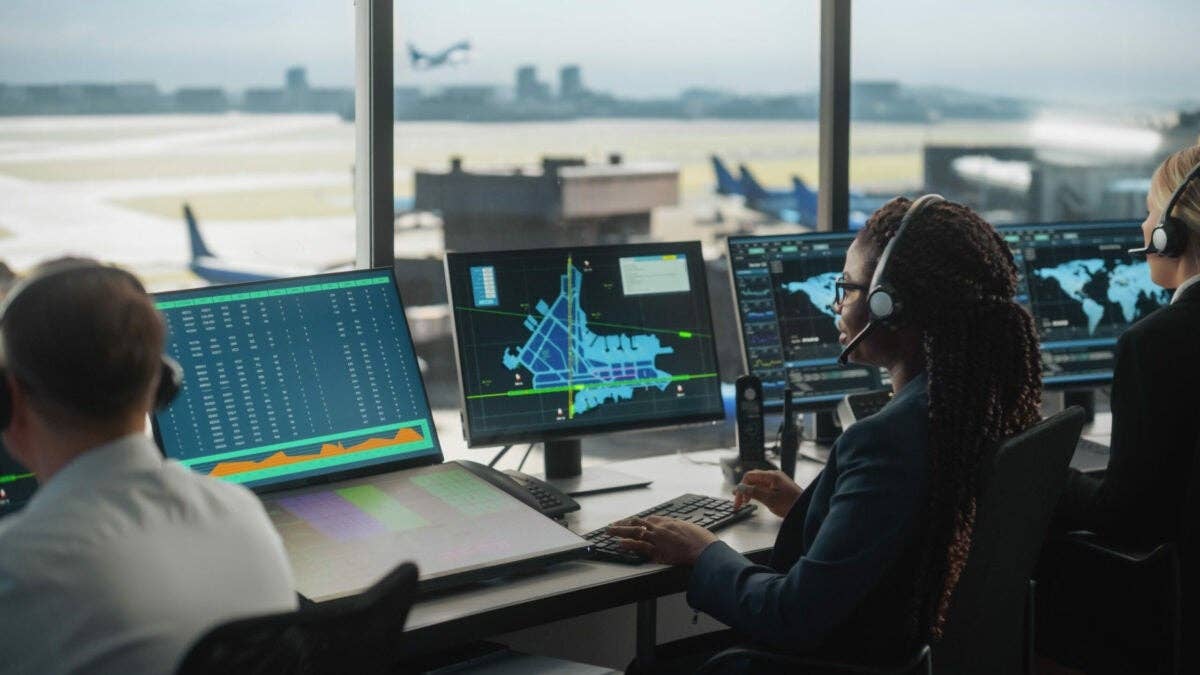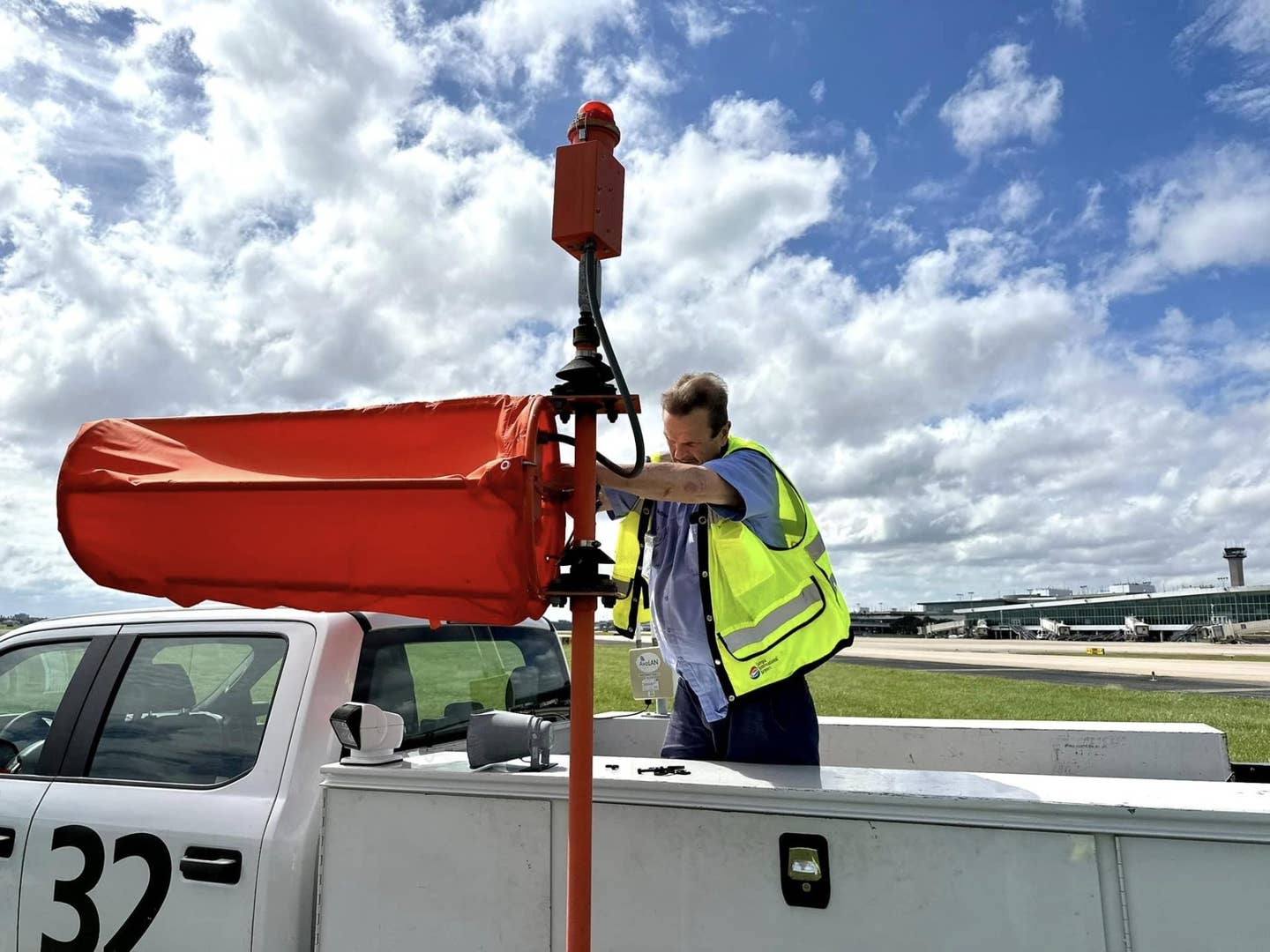How to Transition From a Military Pilot to a Commercial Pilot
Here are some key steps and practical tips to smoothly shift your career from military pilot to commercial pilot.
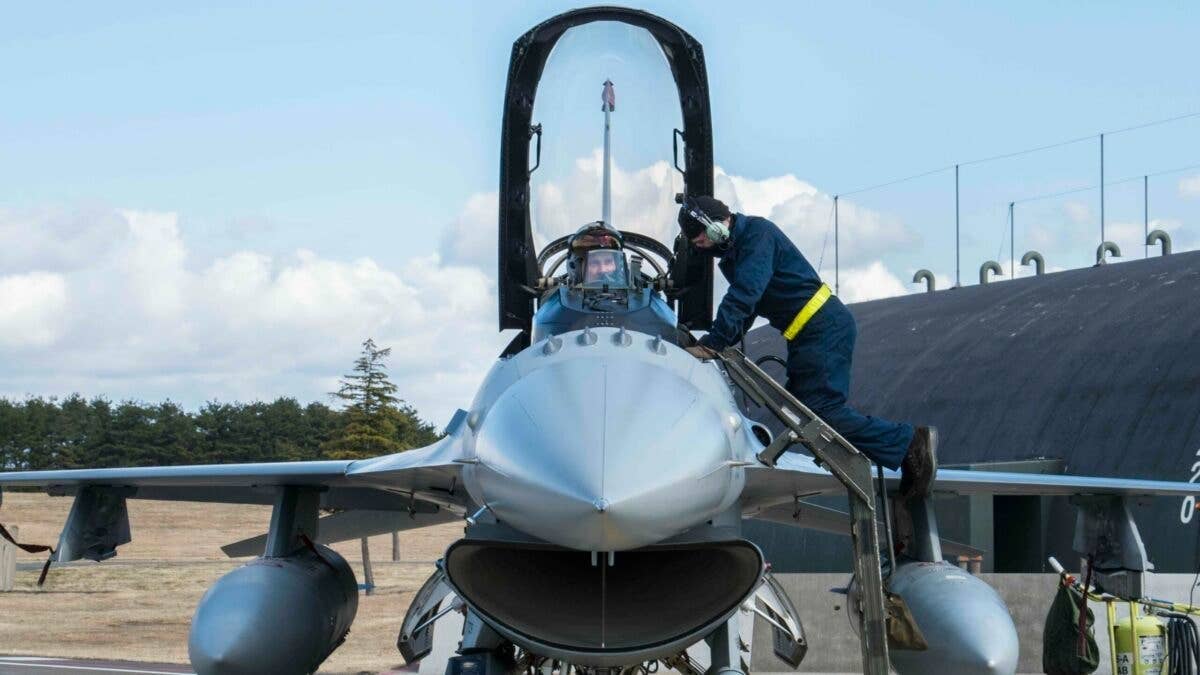
Military pilots have the experience and skills during active duty that set them up for success as commercial pilots. [Courtesy: U.S. Air Force]
Transitioning from military to commercial aviation offers both challenges and opportunities that can shape the trajectory of your flying career.
The qualities of discipline and leadership developed during a military career can provide a strong foundation for civilian flying. Preparing for this new environment, however, can take some time and careful planning.
Understanding the key aspects of navigating this shift from military to commercial pilot will be beneficial as you start down this path.
Understanding the Transition From Military to Civilian Pilot
While flying remains fundamentally the same, there are significant differences between military and commercial pilots. The operational demands of each role lead to distinct differences in flight environments and work culture.
Military pilots are trained for high-pressure, mission-specific objectives. Military flight operations tend to have a strong emphasis on teamwork and often include complex maneuvers and scenarios. Commercial aviation, on the other hand, emphasizes passenger comfort, safety, and adhering to standardized procedures. Commercial aviation is more customer-service oriented and requires pilots to adapt to a corporate structure.
Regulatory differences are another key element between military and commercial pilots.
- READ MORE: World’s Most Unusual Pilot Jobs
Commercial airlines follow regulations outlined by the FAA. The agency requires an ATP (Airline Transport Pilot) certificate for pilots to operate as captain at commercial airlines. Military pilots are not required to obtain an ATP, so they may need to go through the training and testing process to get this certificate.
While some military hours count toward the hour requirements of the ATP, logging additional civilian time or type ratings may be necessary.
Converting Military Flight Experience
Converting military flight hours to their civilian equivalent is an essential step for military pilots transitioning to commercial aviation.
The FAA often credits military flight hours toward the total hours required for civilian certifications, but these hours must be documented accurately. Flight hours acquired in the military must align with civilian flight experience categories, like instrument, night, or cross-country flying.
Some flight schools specialize in helping military pilots translate their experience and offer guidance on how to maximize the value of their military hours when applying for an ATP certificate.
A smooth transition from military to commercial aviation also requires an understanding of FAA regulations.
- READ MORE: The Best Jobs for Pilots After Retirement
Unlike military aviation, which follows its own set of rules, civilian aviation is governed by the Federal Aviation Regulations (FARs). These regulations outline pilot certification and airline operational requirements, among many other aspects of civil aviation.
Participating in FAA-approved training courses and studying relevant FAA publications will help military pilots build the knowledge needed to meet civilian standards.
When converting military flight experience to civilian, be sure to research which ratings or certificates are required for the desired role. With requirements known in advance, hours can be converted more efficiently to meet the needs of the specific certificate.
To obtain an ATP and become an airline pilot, for example, a pilot must have logged time in a multiengine aircraft. If it’s known in advance that multi time is missing, efforts can be concentrated on that type of flying to check the necessary boxes of the ATP certificate. This might involve extra flight training and passing additional FAA exams, but military pilots can leverage their existing skills to expedite the process.
Building Your Commercial Pilot Career
While the aviation industry is constantly evolving, the overall outlook for hiring remains positive. The Bureau of Labor Statistics predicts airline and commercial pilot jobs will grow by 4 percent from 2022 to 2032, 1 percent better than the national average.
With the mandated retirement age of 65 for airline pilots, the aviation job market becomes increasingly predictable, allowing for clearer forecasts of future demand and opportunities.
Aside from the popular airline pilot career path, there are many jobs a military pilot could pursue within commercial aviation.
- READ MORE: Best Pilot Ratings to Advance Your Career
Flight instructors are in constant demand to train and evaluate pilots of all skill levels. Medical evacuation can be a great fit for a former military pilot who thrives in a high-stakes environment. Government organizations outside of the military also need pilots to fill roles in law enforcement, firefighting, cargo transport, and more.
The civilian aviation job market can be highly competitive, so it’s important to have a polished resume and sharp interview skills.
Use an airline interview prep course or find a mentor who can help you make your best first impression. Any qualified candidate can have the required hours, but not everyone can think on their feet in an interview conversation.
A good interview prep course can sharpen your communication skills and boost your confidence, helping you showcase your qualifications and make a lasting impression.
Financial Considerations
Commercial pilots generally earn higher salaries compared to their military counterparts, especially as they advance in their careers.
Military pay is steady and includes benefits like housing allowances, but it often falls short of the competitive salaries found in the commercial sector. The difference in earnings becomes more pronounced as pilots gain experience and move into senior positions within commercial airlines.
Flight training can come at a high cost, but members of the military have the option to utilize their GI Bill to cover some or all of their training.
- READ MORE: Best Selling Aviation Headsets
The U.S. Department of Veterans Affairs website is a great resource for understanding the provisions available under specific parts of the GI Bill. It also lists approved institutions where those benefits can be used.
The Post-9/11 GI Bill includes a Monthly Housing Allowance (MHA) that can be used to cover living expenses while you are in training. Additional financial assistance options such as the Yellow Ribbon Program can help cover the gap between the GI Bill benefits and the actual cost of tuition.
With all of the options available, there are ways to strategically plan your flight training to make the most of your funding.
Conclusion
Some of the biggest challenges a military pilot will face when making the switch to commercial aviation are converting military flight experience to civilian, funding additional required training, and adjusting to major cultural and regulatory changes.
Find mentors and fellow aviators who can offer support and guidance through these major life changes. Devote time to understanding FAA regulations and plan ahead for additional training requirements. Get to know the GI Bill benefits and how they can be maximized.
With time and dedication, the transition from military to commercial pilot can be incredibly smooth. The depth of knowledge and experience acquired in a military flying career will serve a future airline pilot incredibly well.
FAQ
Can you go from military pilot to commercial pilot?
Military pilots can become commercial pilots by converting their flight hours and experience to meet FAA requirements. Additional exams and training may be necessary for military pilots to qualify for work as airline pilots.
How many military pilots become commercial pilots?
It’s estimated that one-third of military pilots go on to fly as civilian pilots following their retirement from service.
Do military pilots make good commercial pilots?
Military pilots acquire extensive experience and skills during active duty that set them up for success as commercial pilots. In addition to flying skills, leadership and discipline developed in the military translates well to a commercial flying environment.
Will the military pay for a commercial pilot license?
Military pilots can use their GI Bill to cover some or all aspects of flight training.

Sign-up for newsletters & special offers!
Get the latest FLYING stories & special offers delivered directly to your inbox


